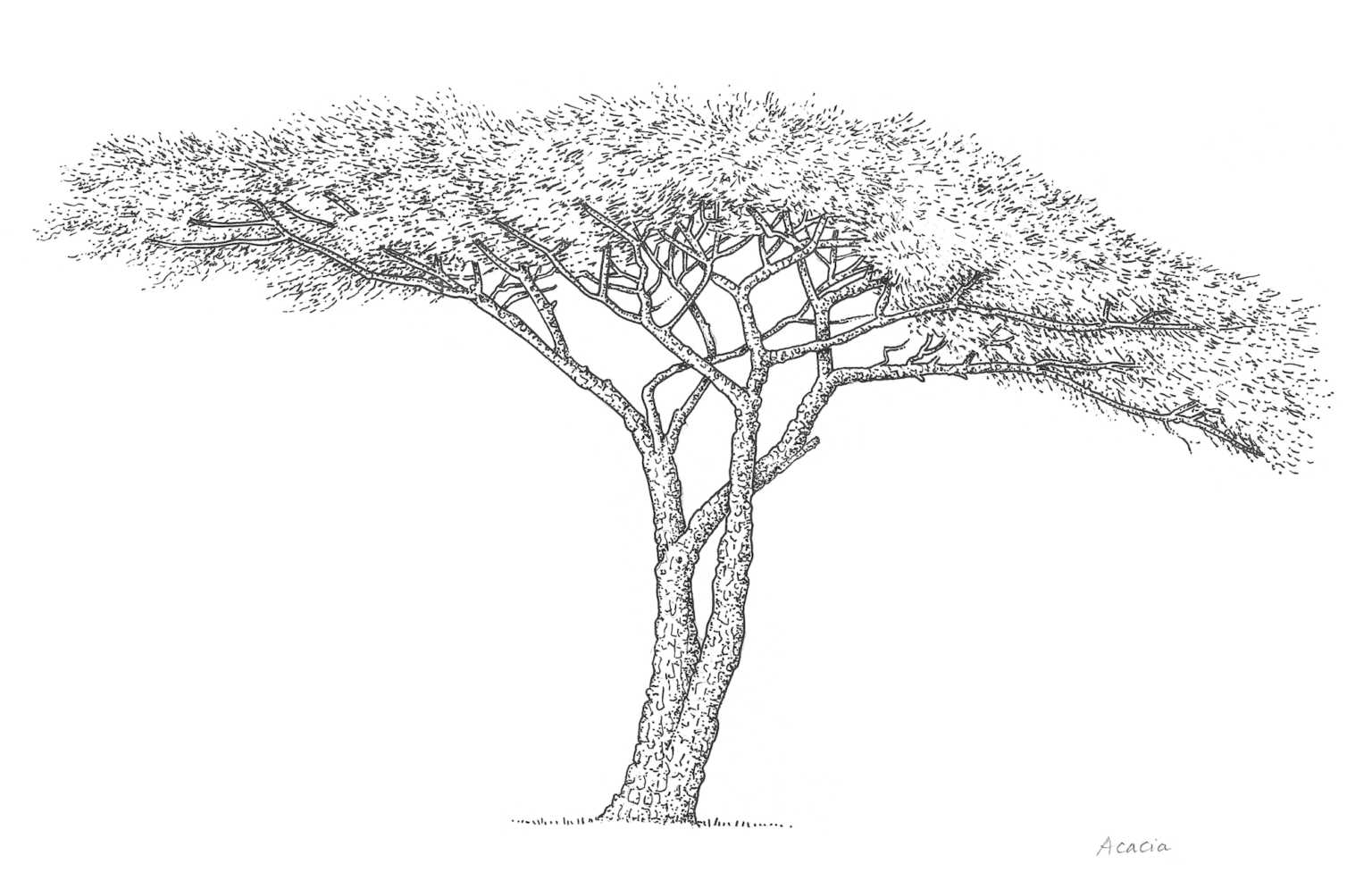One of the exciting things I’m up to at Other Internet is working on a new research project with the Ethereum Foundation and Venkatesh Rao. If you haven’t heard about it yet, we’re part of a program called Summer of Protocols which hopes to promote new theories about protocols, as well as what Venkat calls “protocol literacy”: the ability to parse protocols’ conventions, usage codes, and design patterns. For everything from open source money to regulating plastic production, protocols are growing in adoption and importance, and as they do we’ll need more competence at designing and working with them. Bootstrapping a new intellectual field around the topic is exactly what the Summer of Protocols program aims to do.
 Photo found on Are.na.
Photo found on Are.na.
The theme of “literacy” is particularly resonant with the SoP project I’m working on alongside Kara Kittel. Our project is about credit cultures: protocols of attribution, authorship, and originality. Kara brings her extensive studies of participatory media and online communities, and the ownership conflicts that new media often sparks. Longtime readers of this blog will know that I’ve also explored how these ideas relate to images in the Diminishing Marginal Value, which looked at authorship debates in graphic design communities. With credit cultures, Kara and I are interested in looking at how new media are changing protocols and cultures of crediting. For instance, now that AI has made the latent space between images accessible, the marginal value of new human-produced imagery seems likely to approach zero. With AI-generated text, could the same happen to human-produced linguistic material?
A key difference between image and text authorship is the type of credibility that each confers. Recognition in the field of images has much to do with the artistic hero worship that is a major part of our culture. It confers status and power among image makers to be recognized as the initiator of a style and an influence on others. In certain cases, it’s possible for individuals to break out of an insular aesthetic subculture and into the mainstream, where they enjoy minor celebrity status. (That these people tend to be retconned as “artists,” though their main careers may be a more technical trade, shows how artist is one of the premiere paths to recognition in the West. I am thinking here of architects like Zaha Hadid, graphic designers like Paul Rand, and industrial designers like Karim Rashid.)
Now, there’s a way in which similar dynamics apply in the case of artistic “literary” text works like novels and poems; a classic book on this topic I plan to read is Harold Bloom’s The Anxiety of Influence. But language also has a much broader utility, and more expansive notions of merit, than artistic recognition. Text-based linguistic communication is one of the foundations of trust in the legal, scientific, medical, and business institutions that largely govern our world. The ability to write—to communicate effectively by text—is a major signal of intelligence and credibility across these fields. “Official” knowledge always comes in the form of a text-based PDF document; resources and status are distributed to authors of texts which others reference. In his interesting paper “What is an Author?” Michel Foucault shows these dynamics at play in foundational discourses, such as Marxist thought and Freudian psychoanalysis, and how reference back to the author marks the beginning and end of these fields. While he argues that in modern science “the role of the author has disappeared as an index of truthfulness,” authorship credits still play a major role in science funding and opportunities. The same remains true in law and politics; Lina Khan, author of an influential article about platform monopolies, was tapped for the role of FTC chair.
A white paper is just a PDF is just a Microsoft Word document.
— Samo Burja (@SamoBurja) January 6, 2021
Yet, you won’t see any think tanks promoting their “new Microsoft Word document”.
Format and medium affect the legitimacy of ideas within them. Read my new essay here: https://t.co/9F88OQbhTO
1/n
These examples show the important role that authorship and crediting play in credibility at large in our social world. With this in mind, we can return to the questions we set out with: how might AI-generated text may change the uses and abuses of language in human society?
Venkat looks at this question in his new Ribbonfarm post Life After Language. From the premise that AI-based machine-to-machine communication will happen not via human language but via the efficient latent language of AI internal representations, Venkat makes some interesting speculations.
What about unmediated human-to-human communication? To the extent AIs begin to mediate most practical kinds of communication, what’s left for direct, unmediated human-to-human interaction will be some mix of phatic speech, and intimate speech. We might retreat into our own, largely wordless patterns of conviviality, where affective, gestural, and somatic modes begin to dominate.
As evidence that this sort of paradigm shift in human communication is plausible, Venkat offers up the example of memes and reaction GIFs, a nonverbal vernacular which communicate an affect response to a post. McLuhan and Ong’s media scholarship give us another example: they show that before the rise of printed textuality, much of oral human communication took the form of parables and idiomatic “stock phrases” issued from a cultural canon. Neither of these media forms are thought of as being authored. If we are indeed at the beginning of a comparable transformation, as media theorists who prophesy the end of a “Gutenberg parenthesis” also claim, what role could authorship and discursive practice play in human coordination in general?
If textual crediting becomes deemphasized in favor of other sorts of human-to-human communication, we might ask how status, reputation, and credibility might be distributed. This brings me to two related ideas: credibility obtaining to online social communities, and credibility obtaining to lineages of practice.
Abstaining from valorizing individuals and attributing credit to a social community is the ideal of the “scenius.” In practice, it’s more common for reputational benefits to accrue to a few individuals, but other members may still be able to receive some of those benefits by affiliation with the scene. Historically, groups have used a single name to hack this effect, like the group of mathemeticians behind Nicholas Bourbaki. But some much larger internet communities today already share certain speech codes. To some degree, adopting certain subcultural speech codes already grants one legitimacy, at least within some communities. This is what seems to be happening with the rationalist community prepending every post with an “epistemic status,” and with the inscrutable, repetitive, manic vernacular of the Remilia / Milady community. Notably, Remilia ringleader Charlotte Fang is a vocal advocate of “post-authorship” practices. This refers to the fluid relationship Fang and his scene have with text of their own origin, text which is constantly recycled as copypasta for the neverending reply chains commonly posted by Milady avatar accounts. Fang says Milady is an “autonomous content farm;” the point is that the network itself becomes the author of all texts, and one is authenticated by posting in the vernacular style.
A second way of distributing credibility is participation in a community of practice. In communities defined by their work product, such as certain intellectual fields, martial arts, craft practices, and even industrialized trades like architecture, lineages of practice often serve as markers of legitimacy and authentication. In a world where text authorship is diminished in importance, lineage claims may serve a similar role that authorship claims do now. The declining fortunes of mistrusted institutions and the new focus on individuals (and their brands) a recovery of older authorship/invention practices, such as those where patrons of work receive authorial credit, or master-apprentice type relations. Kara points out that technical writings in craft guilds are the origin of modern ideas of intellectual property; what is a guild if not a social community, business, and lineage of practice all in one?
It’s curious to think about what types of dynamics might develop in education and training institutions when writing and authorship of texts no longer become a credibility signal. We are interested in how ideas of “originality” and “priority” have changed throughout different technological eras and how they operate in the context of lineages. Will authoring the first instance of an idea have value? Or will value be determined by which instance is most influential in scene or chain of ideas? In any case, the universality of the textual credibility model (I trust this written matter is a signal of human intelligence) must be replaced by other social forms of vetting.
This is where we see some of the important implications of our project this summer.
If you’re interested in following along, I recommend subscribing to the Other Internet newsletter on Substack. We’ll be publishing updates to the credit cultures project there, as well as events or get-togethers we’re doing as part of Summer of Protocols.
